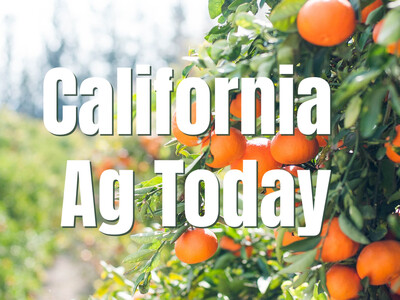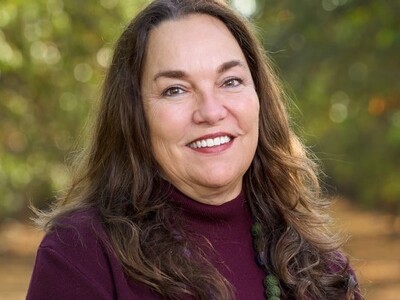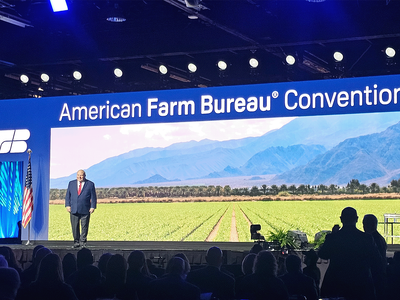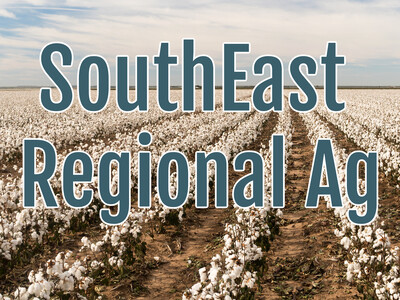Climate Smart Agriculture Needs More Than Satellite Data

Tim Hammerich
News Reporter
To determine whether or not agriculture is “climate smart”, we need data and metrics. And with the powerful data acquisition tools now at agriculture’s fingertips, Nick Reinke of HabiTerre says solely using satellite data no longer cuts it.
Reinke… “So satellites are absolutely one component, but I think there's appropriate caution applied to anything that is like a satellite-based solution if that's the only thing that they're doing, because remote sensing or satellite data, it does certain things very well, and there's a lot of things that it doesn't do so well.”
Reinke, who serves as the CEO of HabiTerre, believes a holistic approach backed by several solutions is where farmers and experts will get the most insights.
Reinke… “For us, it's really kind of a system of systems approach. So we've got that satellite data for one component, both thinking about, you know, looking at what the farming practices were, but then there are a whole lot of other data layers that we pull together. So we can use satellite data to get an accurate idea of, you know, what's happening from like a photosynthetic productivity standpoint at a field level. But you need to combine that with soil data and, you know, topography data and weather data and all those other things. That really heavily influence the ultimate outcome. So we're pulling data from numerous sources that way to looking at the underlying soil characteristics.”
These insights Reinke is referring to include inputs, productivity, soil health, and nutrient management.












